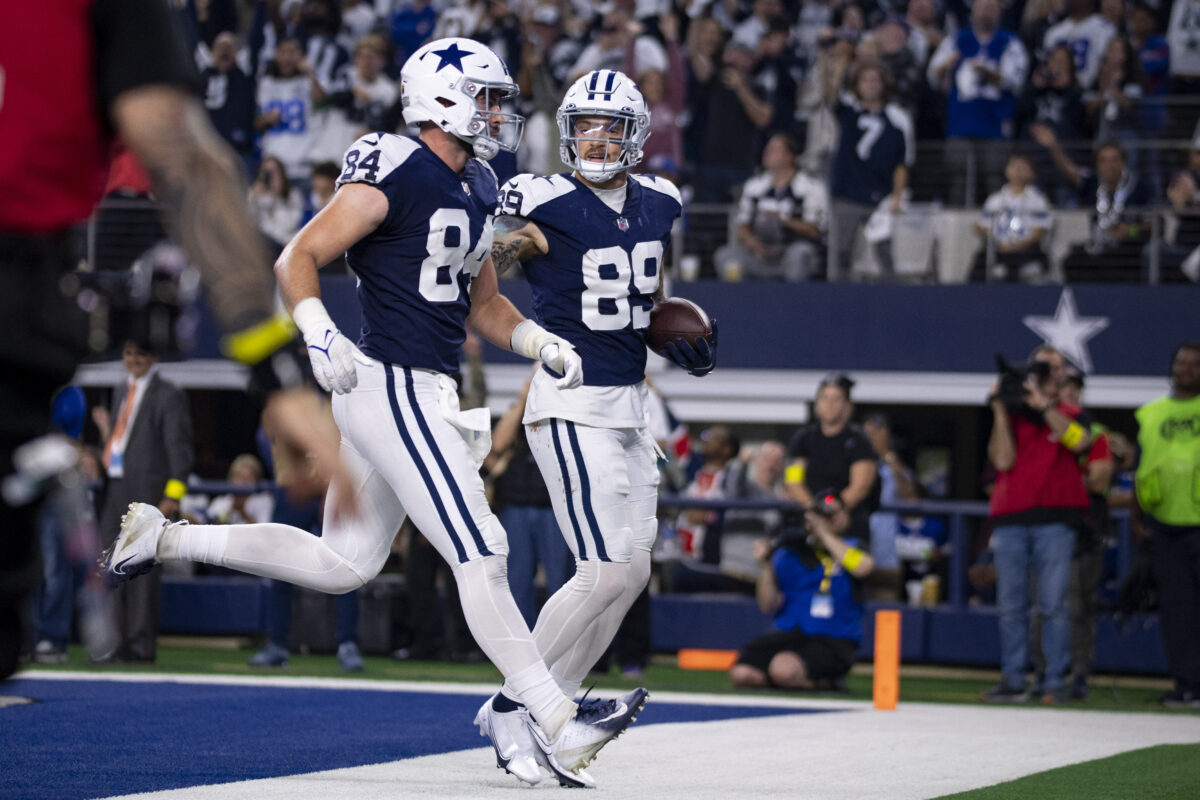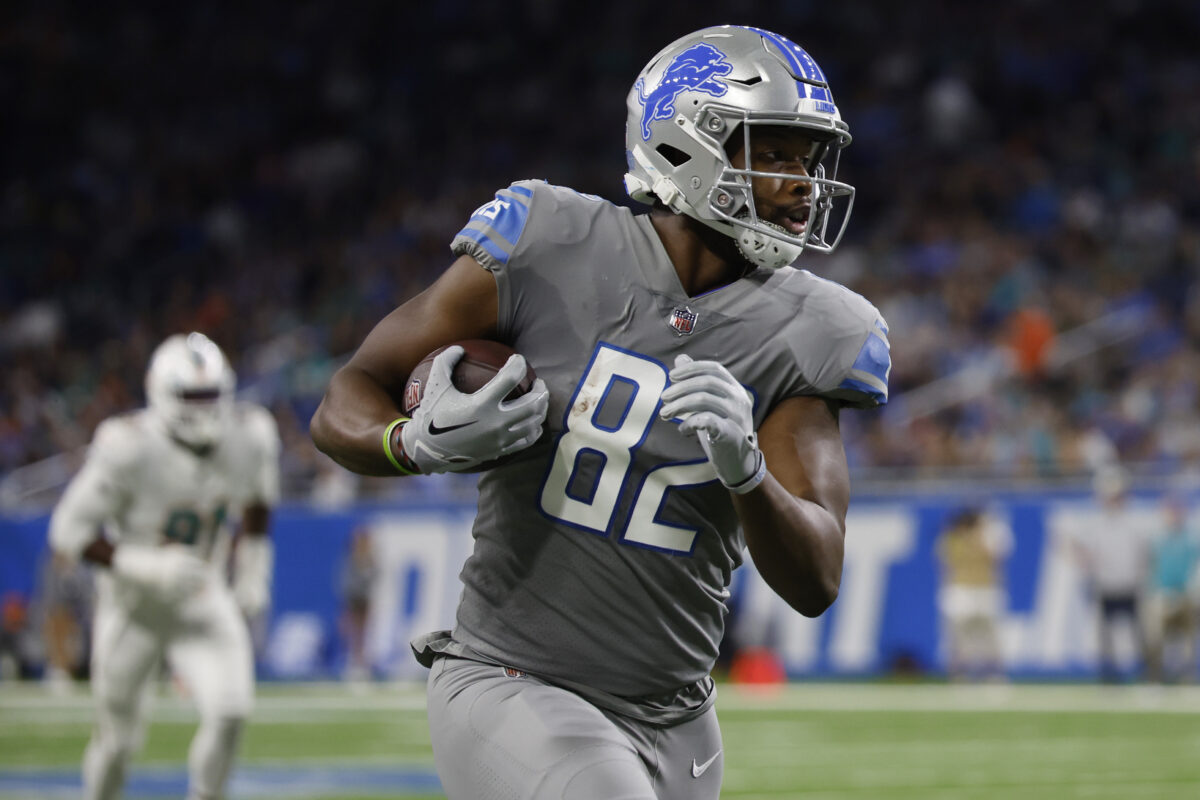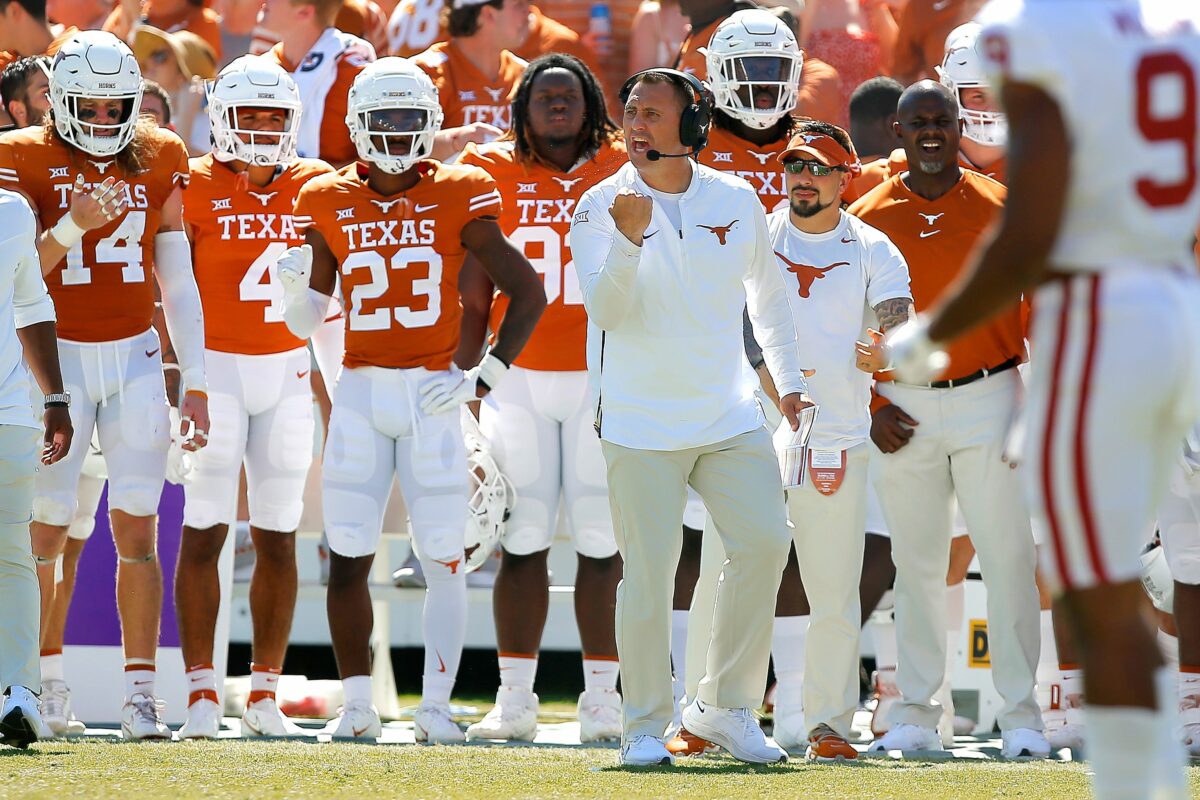The NFL is a game of mismatches. Top offensive minds are constantly searching for ways to gain advantages by utilizing certain personnel groups. It’s something the Kyle Shanahan coaching tree has taken to new heights and something that’s consistently burned the Cowboys defense in recent matchups.
Adding an extra TE to the field often forces defenses to match personnel; achieved by swapping a DB for an extra LB on most occasions. This adjustment adds to the overall size of the defense but can come at the cost of speed and coverage ability. This situation is exploitable if the TEs brought in to facilitate the running game are also legitimate pass threats.
12 personnel often makes it’s biggest impact in the passing game. Even though the majority of the plays that take place with two TEs on the field are runs, it’s usually the passes out of this look that produce the biggest EPA gains.
12p vs 11p (excluding 11p with extra OL) EPA/PAss
9 out of the top 10 are all 12p. pic.twitter.com/rTqB4ImK88
— Aaron Quinn (@AaronQuinn716) January 23, 2024
In 2022 the Cowboys took big steps in their 12 personnel. With Dalton Schultz and surprising rookie Jake Ferguson leading the charge, the Dallas offense wasn’t just a rushing offense in two TE looks, but they were a downfield passing attack as well.
At an EPA/play of 0.22 on passing attempts, Dallas’ 12 personnel led the team in passing efficiency of personnel groups with >25 snaps.
Both the TE1 and TE2 were legitimate receiving weapons with run after the catch ability. It made up for the Cowboys’ issues at WR that season and kept the offense less predictable in what is traditionally a run-heavy personnel group.
In 2023, the Cowboys weren’t so fortunate. With Schultz playing for the Texans and the rookie Luke Schoonmaker coming in to work behind Ferguson in most two TE looks, Dallas’ 12 personnel took a step back. For as good as Ferguson was in Year 2, Schoonmaker had a tough time assimilating as an NFL pass catcher.
The Cowboys used 12 personnel 119 times less than they did in the previous season, and overall used it four percent less than the league average (15.2% compared to 19.2%). Their EPA/pass of 0.14 in12 personnel group ranking behind their 11 personnel, 10 personnel and 21 personnel groups.
If the Cowboys move on from Michael Gallup in 2024, like many suspect they will, the offense will need to get more from their TE2 to make up for it.
[affiliatewidget_smgtolocal]
[lawrence-auto-related count=3]





